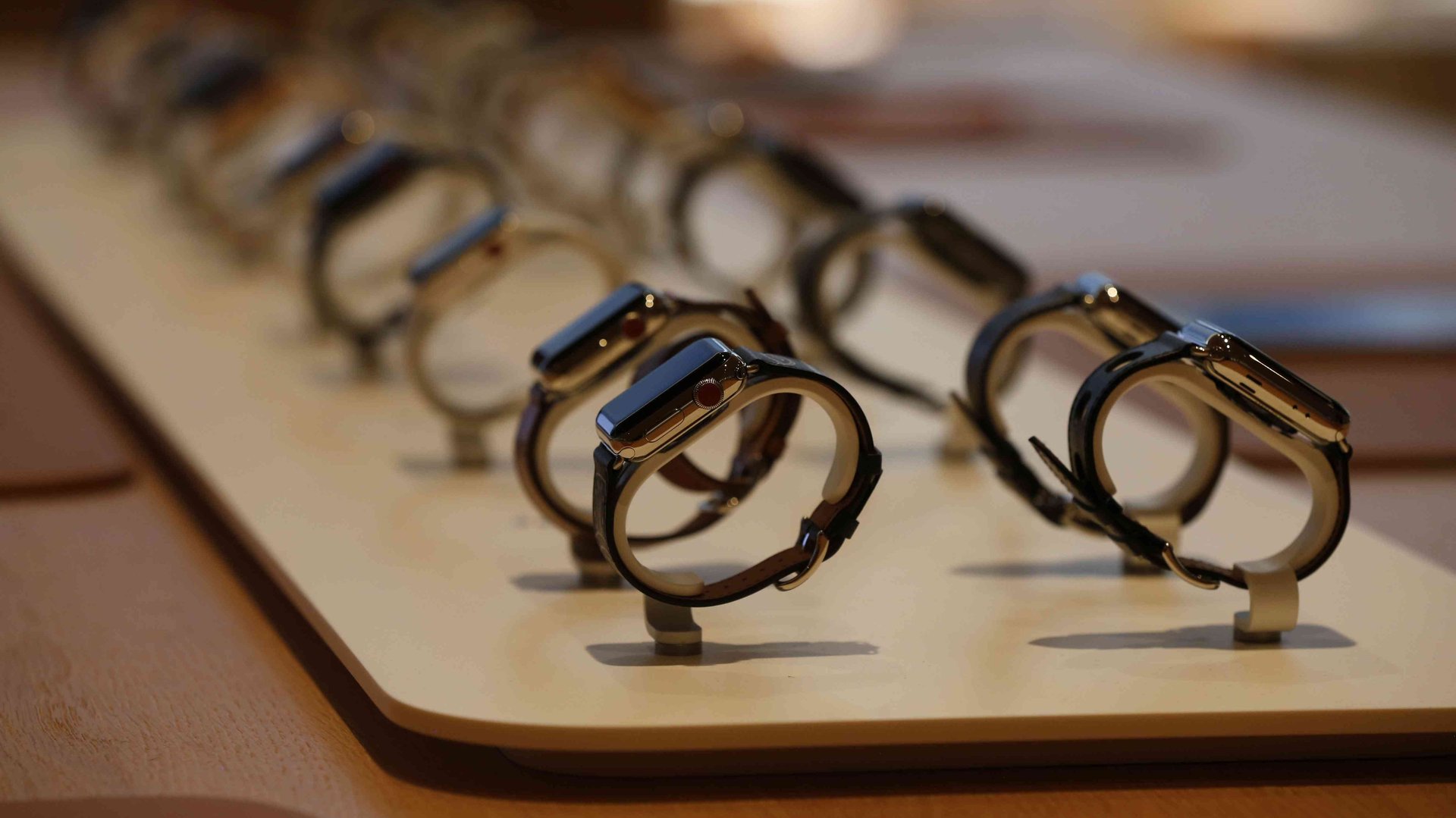The latest Apple Watch is the perfect example of why you shouldn’t buy a first-generation Apple product
Two years ago, I wrote off the Apple Watch.


Two years ago, I wrote off the Apple Watch.
I stand by what I wrote. The original Apple Watch was a half-baked device, full of good ideas that just didn’t work in practice. It was slow, clunky, and had pitiful battery life.
Earlier this year, I started wearing my Apple Watch again.
The reason was pretty personal. Part of why I stopped wearing the watch originally was because it contributed massively to my anxiety. The barrage of notifications, the heart-rate monitor, the calendar invites, the heart-rate monitor, and the heart-rate monitor really gave me problems. Also, did I mention the heart-rate monitor?
But thanks to a combination of dealing with my problems like an adult, medicine, and therapy, I decided to see if I could wear it again. I strapped it on in January to track how far I was walking at the CES trade show in Las Vegas, and I really enjoyed wearing it again. I cut down on the number of notifications I received, and thanks to updates to the watchOS software, I could now hide the heart-rate functions so I wouldn’t randomly see them when I didn’t want to. But the battery life and the watch’s general sluggishness were still issues.
After about three weeks of wearing the original Apple Watch again, I decided to take the plunge and buy a Series 3 (without LTE, because I never go paddle-boarding in lakes). I pretty much immediately fell in love with it. I wear it all the time, and I’ve been inspired to try to hit my activity goals every day (even if the reminders are a bit salty). Switching between apps doesn’t take ages, the battery lasts more than two days (if you turn it off at night), dictation is snappy, and Siri actually works really quickly.
When other first-generation Apple Watch owners ask me what I like about the latest model, I tell them that it does everything we expected the first Apple Watch to do. It’s impressive, and only took Apple three years to get right.
This has always been the thing about Apple products, big or small. They are never perfect the first time around; they’re often quite good the second time; and by the third time, they’re usually what you want. The third-generation iPod was the first one that most people bought. The iPhone 3GS was the first great iPhone. The iPad 2 was a step-change over the original, and the third refined its internals. The latest iPad, announced this week, feels like a third evolution of the iPad Pro, first released in September 2015.
This isn’t really a surprise—companies constantly refine their products—but Apple wants you to believe that its products are “magical,” seamless, and that they “just work.” The reality is that they often don’t, at least not right away. My MacBook Pro, purchased in 2016, still has trouble connecting to wifi and a battery life about half as long as advertised. My iPhone X, which I got in November, has been riddled with annoying software bugs. These products will get better over time, but considering the hubris of Apple’s language, and how expensive these devices are, it’d be nice if they were closer to perfect out of the box. Apple is rarely the first to move into a new product category, but you wouldn’t know it from the way execs talk about their achievements at events.
The Apple Watch looked like a product that was destined to serve a niche market of athletes, and I felt that way as recently as September. But when I tried the new one on, I realized that what excited me about the original product—that it could distill everything I needed to know, and everything I wanted to know, into a little computer on my wrist—was finally real. It encourages me to be more active, to take the stairs, or skip out on a cab. It’s not drastically altering my behavior, but its nudges are pointing me in a good direction. I’m excited to use it to track bike rides and swims when the weather gets warmer. And I will never get over the thrill of answering a call on my wrist like Dick Tracy.
Apple usually gets things right—just not necessarily when we want it to, or when it says it does.